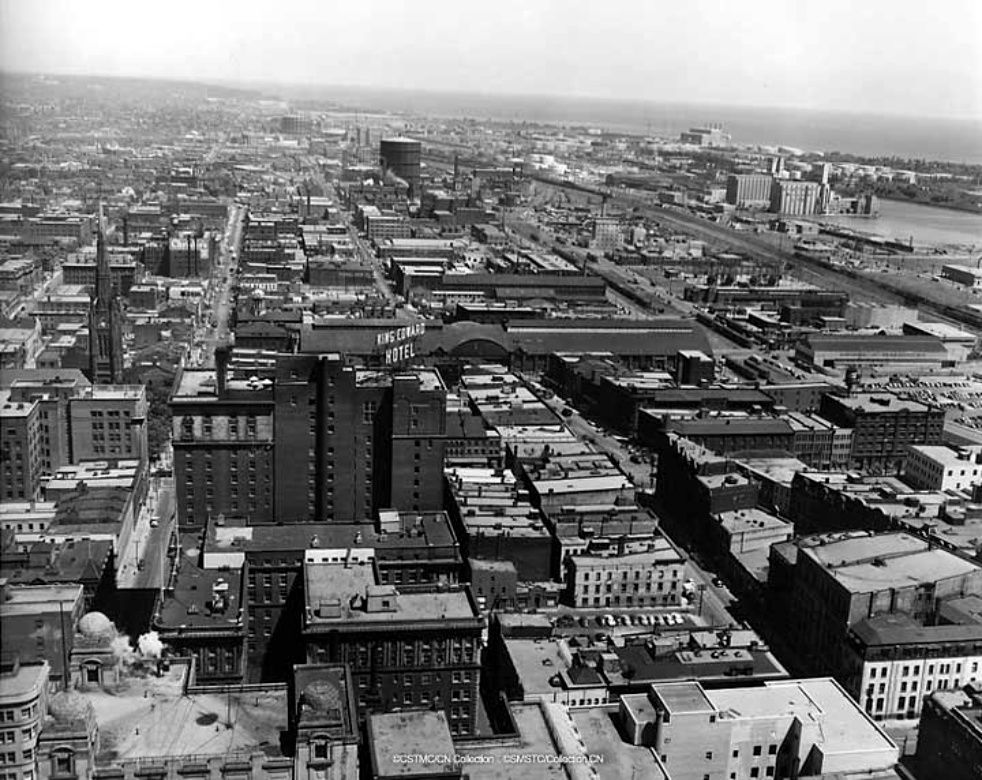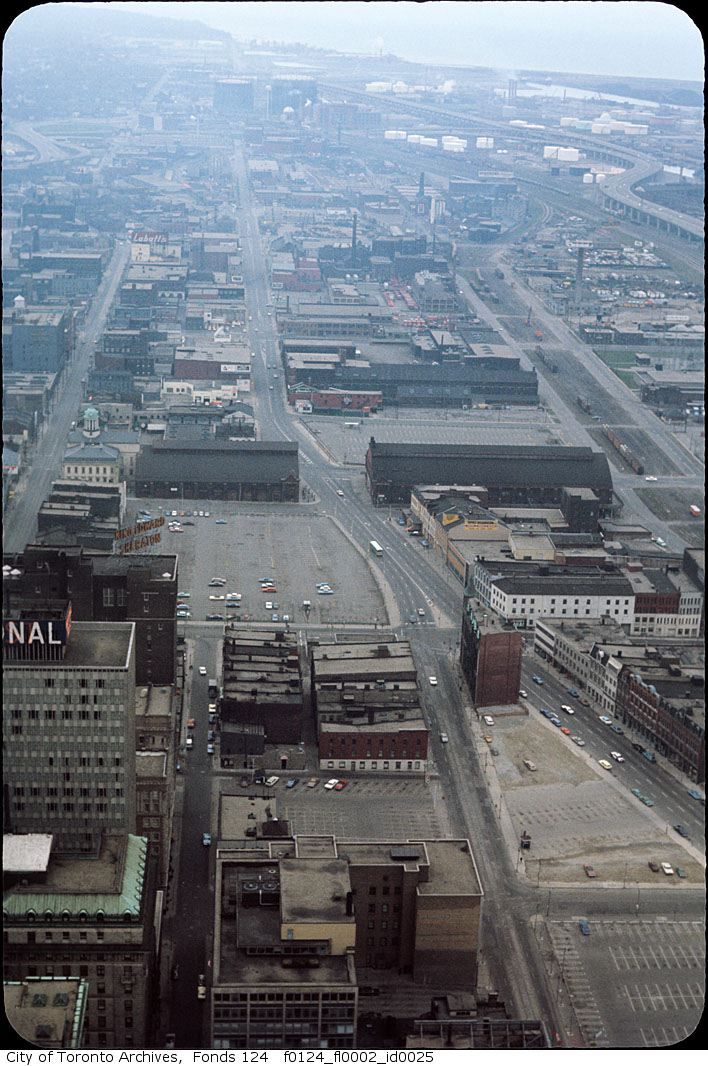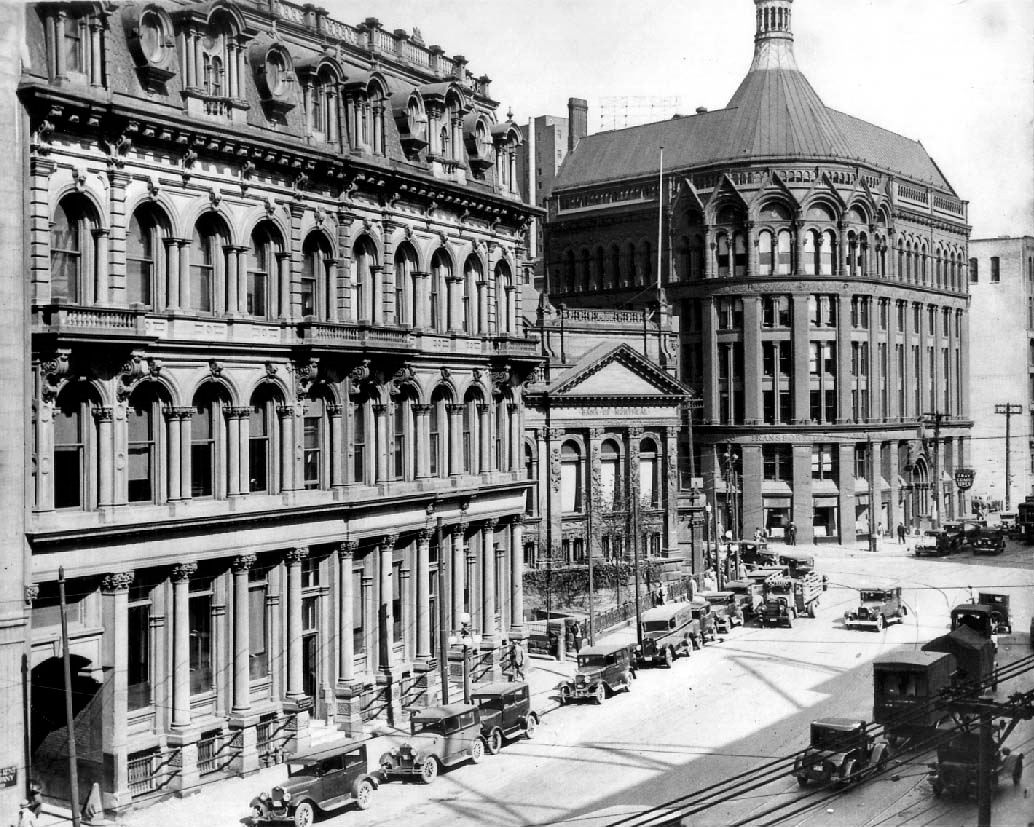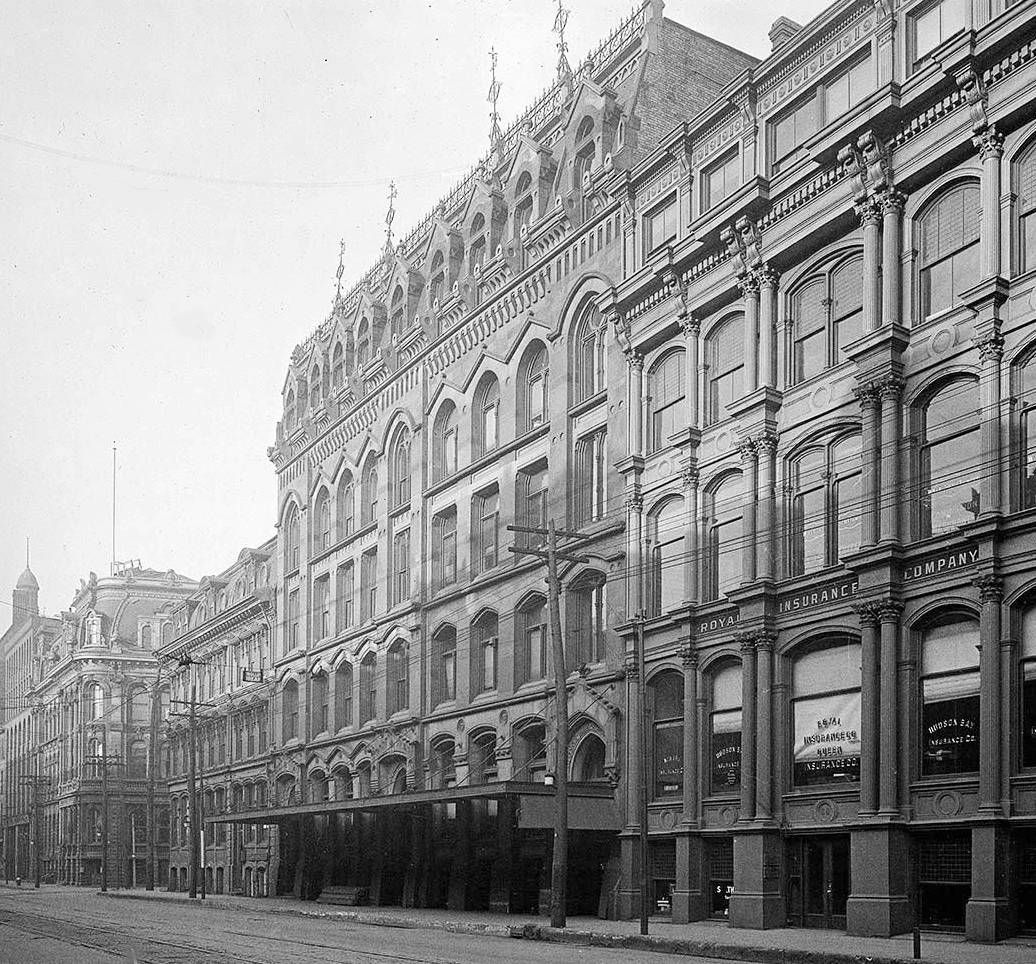Historical preservationists talk of their position as a self-evident truth, that needs little in the way of justification; history is good, beautiful architecture is good, and that's it.
But affordable cities are also good. As is economic progress and freedom.
Turning city centers into boutiques for the upper class through zoning laws and preservation societies is to me, the very definition of elitism.
And before you go thinking I'm some suburban Fordite, I'd have you read my other posts. I'm a downtown-dwelling, high income professional, who doesn't own a car and walks most places and has a monthly metro pass. I am a urbanist to the core. But I'm an organic urbanist and see value in letting cities develop unmolested by urban planners.








